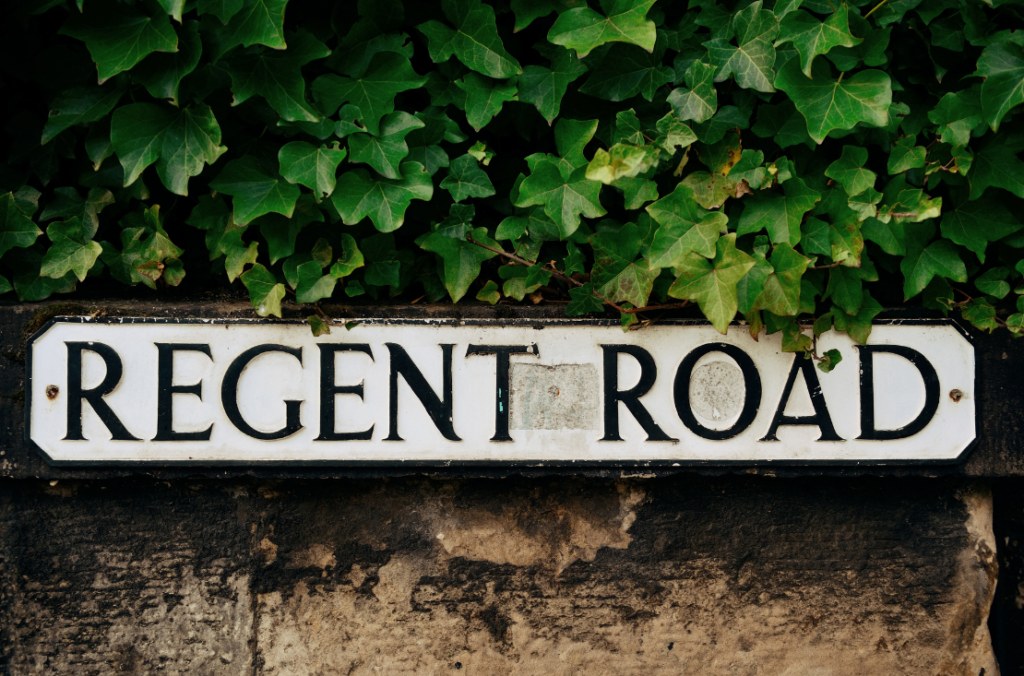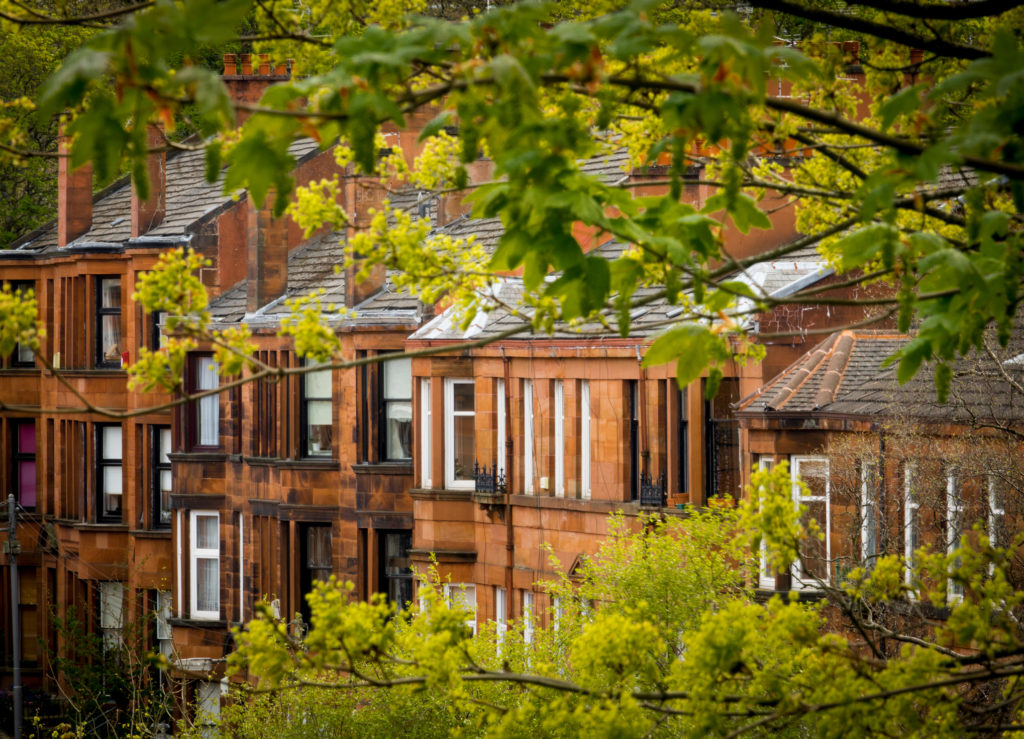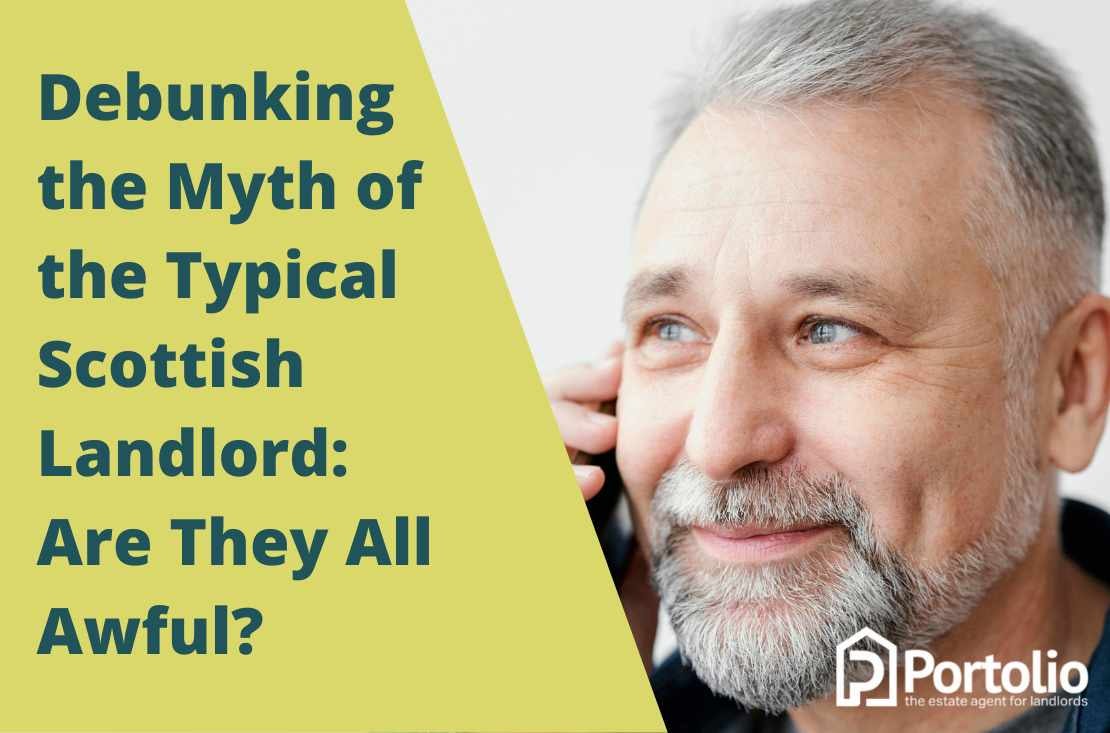It seems to be an accepted fact that the typical Scottish landlord is ‘in it’ purely for themselves.
If you’re an avid follower of news and social media, you could be forgiven for thinking that all landlords are avaricious Rachmans, oppressing their tenants and living off the fat of the land.
I hope that it comes as no surprise this couldn’t be further from the truth. In this blog, I’m going to look at typical landlords, why they become involved in the rental market and how it treats them as investors.
As property professionals involved in the buying and selling of tenanted properties, we have daily contact with landlords, and they are as varied as the properties they own.

The private rented sector (PRS)
Before discussing landlords, it’s necessary to understand the private rented sector within the UK generally, and in Scotland in particular. It’s also important to understand where the pressures on the housing market come from.
In Scotland, the PRS represents approximately 15% of the housing stock. Owner occupation is the majority at circa 66%, with social renting and others making up the remainder.
The PRS makes up an important part of the overall housing picture, and as such the economic factors which affect the housing market in general also affect the PRS. This is especially true at present.
Increasing cost of living, rising interest rates, recession, a war in Europe and an ongoing shortage of housing stock have made the property market a difficult place for everyone at present.
At a time when tenants and landlords alike are facing increasing financial stress, it can be hard to see much cheer and it’s understandable that many are asking whether or not they should remain in the PRS at all.
Pressures on landlords
Scottish landlords could be forgiven for feeling particularly put upon both by financial pressures and by the actions of the Scottish government. The rent freeze imposed by the Scottish government has affected some landlords at a difficult time.
Others are unaffected, as their rent review dates fall outside the initial six month freeze, so it’s a bit of a blunt instrument addressing a questionable problem with no apparently measurable outcome.
Increasing regulation is a common complaint, and it is true that the PRS in Scotland is more highly regulated than elsewhere in the UK. Whether this level of regulation is sufficient to deter existing and potential landlords is a question yet to be answered.
The UK is suffering a chronic shortage of housing; lack of affordable rental properties is not down to landlords demanding too much rent, it’s a systemic failure which lies squarely at the feet of the government.

While the minister responsible in the UK, Michael Gove, has recently stated that the government target of 300,000 new homes (for England) remains unchanged, don’t expect them to suddenly materialise until arguments about planning reform are resolved.
The Scottish government claims to have delivered 50,000 new affordable homes by March 2022, with the aim of reaching 110,000 by 2032. However 70% of these will be available for social rent and 10% for rural and island communities.
Overall however the homebuilding sector is sluggish at best, which is exacerbating the gap between supply and demand.
A discussion of the whys and wherefores would warrant an article on its own, there isn’t the space here to really get into it. Suffice it to note that lack of supply will inevitably push prices higher for everyone.
Finally, the majority of landlords are as affected by economic circumstances as their tenants and this, along with rising interest rates may well persuade some to reduce or dispose of their portfolios.
So, who is your typical Scottish landlord?
The vast majority of landlords are individuals who have either chosen to become involved in the private rented sector, or have found themselves ‘accidental landlords’; perhaps by inheriting a property and deciding to let rather than sell it.
Some see the PRS as an investment, either in itself or against retirement. Many choose not to take a significant income from their properties, counting on rising property prices to deliver a decent return when they eventually come to sell.
While rental yields are holding up, especially in cities like Edinburgh and Glasgow, rising inflation eats into that income through higher interest rates and general cost of living increases.
Many of them expect their rent to do no more than cover the mortgage payment on the rented property, and as a consequence, many typical landlords have ‘proper’ jobs alongside their rental property.
A few, and it is a few, start with a single property and get bitten by the property bug, building their portfolio to create a business which sustains them.
In response to a Freedom of Information (FOI) request in 2020, the Scottish government stated that there were ‘228,212 registered landlords with 1 Property (94% of all registrations)’.
Whether properties are managed directly by the landlord, or through an agent, the vast majority of rented properties are owned by individuals. There are only 1% of landlords who own three or more properties.

The fat of the land
This is not a description that a typical Scottish landlord would use to describe their income! The past few years have been hard on everyone, and with average UK yields at 4.71%, and Scotland at 4.07% for 2022, returns have been hit.
There are widespread predictions of rising rents in 2023 however from the landlord’s perspective it’s likely that any rises will be offset by the increased cost of living and higher interest rates.
As is ever the case, location matters. Some areas of Scotland continue to deliver returns well above average, others offset their lower yield with lower property prices. There is little reason to fear a fall in the demand for rented properties.
Oh behave!
While the financial aspects of the PRS often make the news, the perceived behaviour of landlords within the sector is what seems to attract the greatest criticism.
None of us have had our trouble to seek over the past few years, starting with the Covid 19 pandemic. While some landlords were undoubtedly less than sympathetic towards their tenants, many have behaved very differently.
Voluntary rent freezes, even rent reductions, during COVID were far from unheard of. Most landlords want a good, long term relationship with their tenants not least because it makes life easier for all concerned.
They will therefore do all that is in their power to make sure that good tenants can stay in the property that they may have rented for years. That needs a bit of give and take from both parties.
TIP: We touched on this some time ago in our article ‘7 of the Best Tips for Keeping Tenants Happy’ and it’s still relevant. It really boils down to mutual respect (and some practical stuff!) and most landlords get this.
Advice from the property pros

I’m often taken aback by the stereotypes that surround the typical Scottish landlord. In Scotland especially, where there is a publicly available register of all landlords, finding basic information about those involved in the sector is easy.
They are overwhelmingly individuals owning and letting only one property. They aren’t a shady cabal who control housing the length and breadth of the country and get rich on the proceeds.
Of course landlords are interested in yield and income – renting a property in Scotland costs money – registration, adhering to regulations, maintenance and possibly agent’s fees.
However many also take seriously their opportunity to provide a home for another family, some landlords are motivated by that alone. Others hope to make a small income on top of their costs.
Finally, to answer our opening question; the typical Scottish landlord is predominantly just like you and me, with personal interests and differing motivations, and the vast majority of them are very far from being awful! Don’t believe everything you read about them!
In summary…
As experts in buying and selling tenanted property, we know the many and varied motivations your typical Scottish landlord has. It’s our role to advise and assist them find the niche that suits them best within the PRS.
People outside the property sector tend to focus on landlords, but there are many ways to invest in the property market, renting property is just one of them. If you are interested in what the market could offer you, please give us a call.
We’re always happy to share our knowledge and experience with landlords and prospective landlords and to help them understand the benefits and potential pitfalls for the private rented sector.
Written by Ross MacDonald, Director of Sales & Cofounder of Portolio
Get in touch on 07388 361 564 or email to [email protected]



Comments